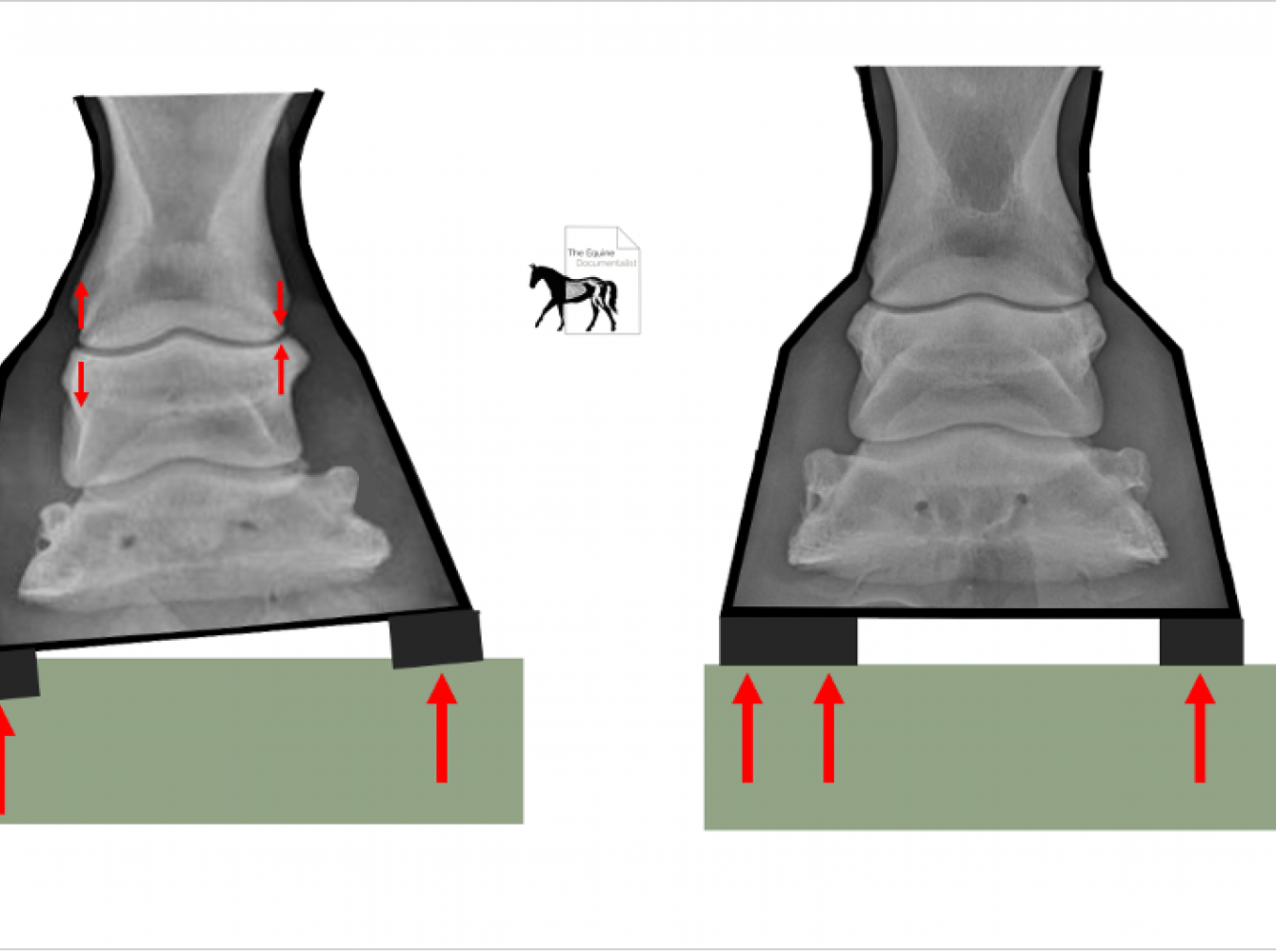
Shoeing for ligament damage
Shoeing for ligament damage by Yogi Sharp - the Equine documentalist
Patient 1: Warmblood Dressage Horse
Diagnosis: Bilateral Proximal Suspensory Desmitis in the hinds.
Medial Collateral Ligament Desmitis front left.
Patient 2: Warmblood Dressage and Show Jumping
Diagnosis: Proximal Suspensory Desmitis
Introduction/Shoeing Rationale
When we bring soft surfaces and lateral movement into the shoeing equation we are faced with a set of environmental variables we need to manage.
Surfaces are being studied and have been recognised as a predisposing factor in certain common injuries (Murray et al. 2010, Hobbs et al. 2014). Parkes and Witte (2015) discussed how the horse has a limited ability to alter its own limb compliance and gait in response to the external environment, and the unnatural movements we ask of them. So farriery can play a vital role in manipulating ground reaction forces.
Proximal suspensory desmitis and collateral ligament desmitis are common injuries of horses working on soft surfaces and often the lameness is worse on these surfaces (Dyson 2007). The interaction of the hoof with the soft ground can create increased loads on certain soft tissues (Fig. 1-2). This can be a causation but is also an important factor to mitigate in treatment and rehabilitation.
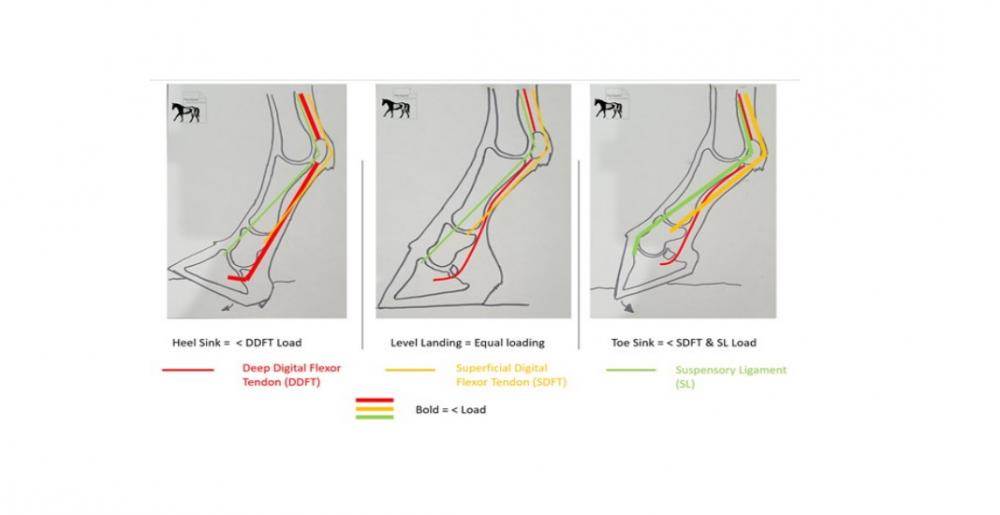
Fig.1 If the heels of the foot sink into soft ground there is increased load on the deep digital flexor tendon. If the toe sinks into the ground there is increased load on the suspensory ligament.
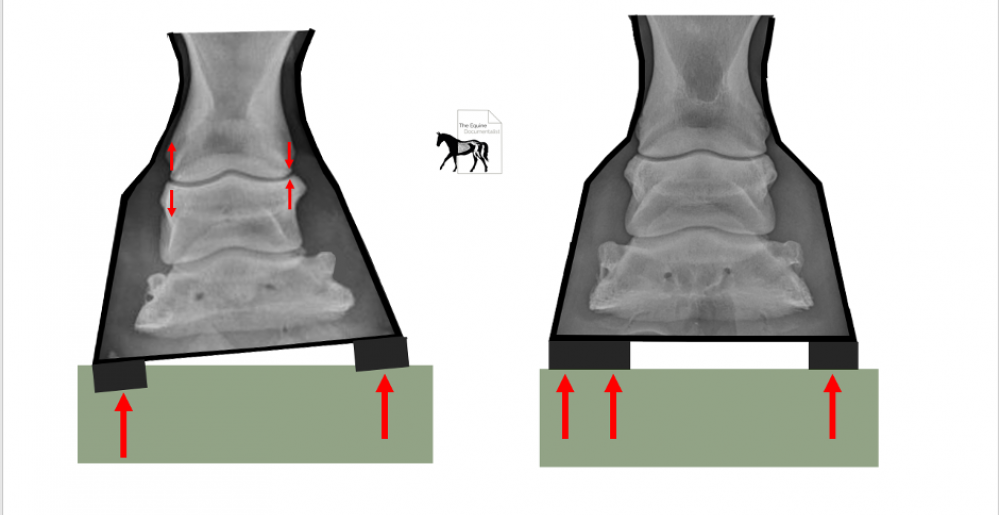
Fig.2 If one side of the foot sinks into the ground more then the other there is a strain on the collateral ligaments. Widening the section on that side increases surface area reducing sinking and can protect the ligaments on that side.
Collateral ligaments are situated at the sides of joints to stabilise them. They can become strained with excess medio-lateral imbalance whether through hoof imbalance or unlevel ground interaction (Fig.2).
The solar surface of the shoe can also manipulate the amount of penetration of the foot into a surface, at the toe or heels, affecting distal interphalangeal joint flexion or extension and therefore suspensory ligament strain.
Suspensory ligament strain is a very common injury in horses working constantly on soft surfaces, if the toe of the foot is penetrating the surface creating uneven loads on the soft tissue structures with every step, then this cyclic overloading can create an accumulation of micro damage that eventually ends in an acute injury. Widening the toe of the shoe helps prevent this toe sinking.
Case 1 Intervention:
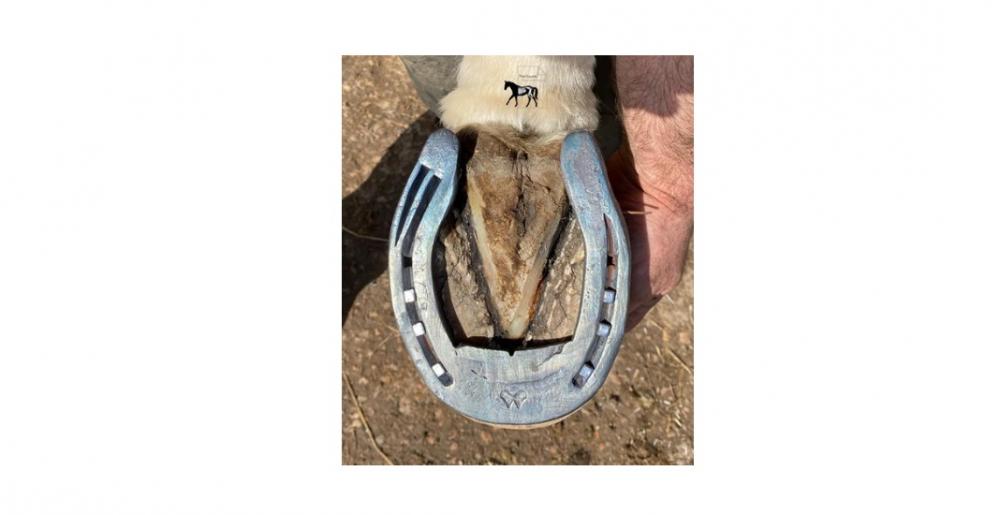
This horse will be doing a lot of rehabilitation work on the hard ground as well as the soft arena. While widening the toe helps protect the suspensory on the soft ground, on the hard utilising extra caudal length supports the fetlock minimising fetlock drop, reducing suspensory ligament strain.
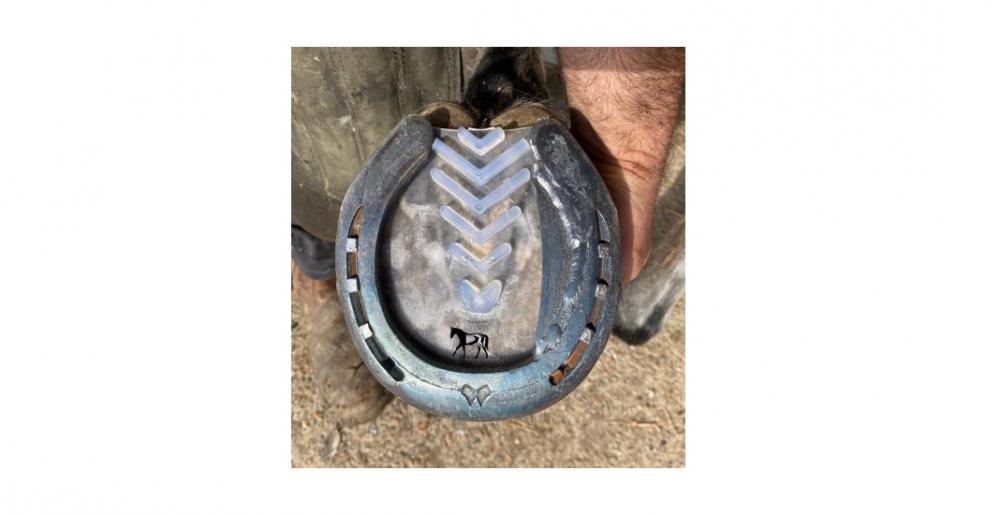
Widening the medial branch reduced this side sinking into the ground while on soft surfaces protecting the medial collateral ligament.
Case 2 Intervention:
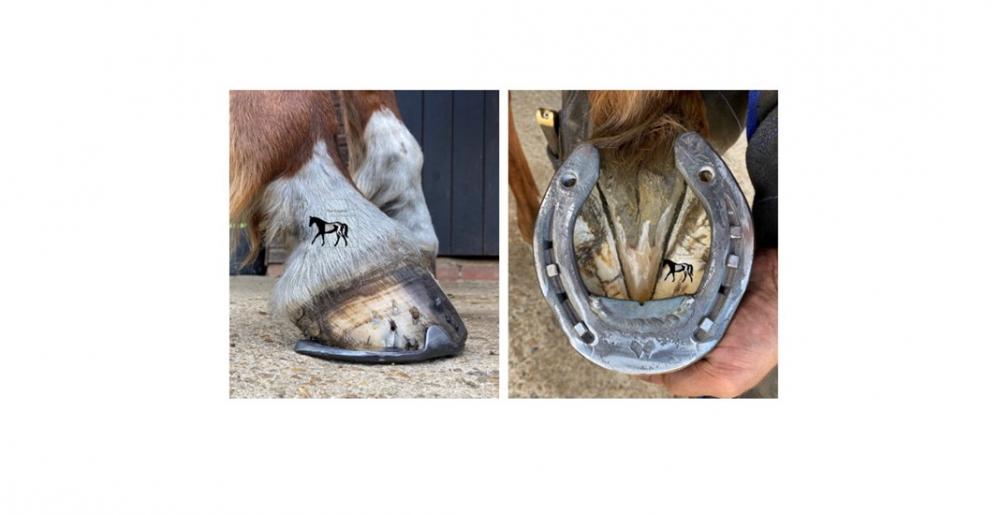
This horse works primarily on soft surfaces. Even though the suspensory ligament is in its final stages of heeling, when observed this horse has a marked toe sinking on the school surface without the toe insert so will likely remain in these shoes more long term to reduce future re-injury.